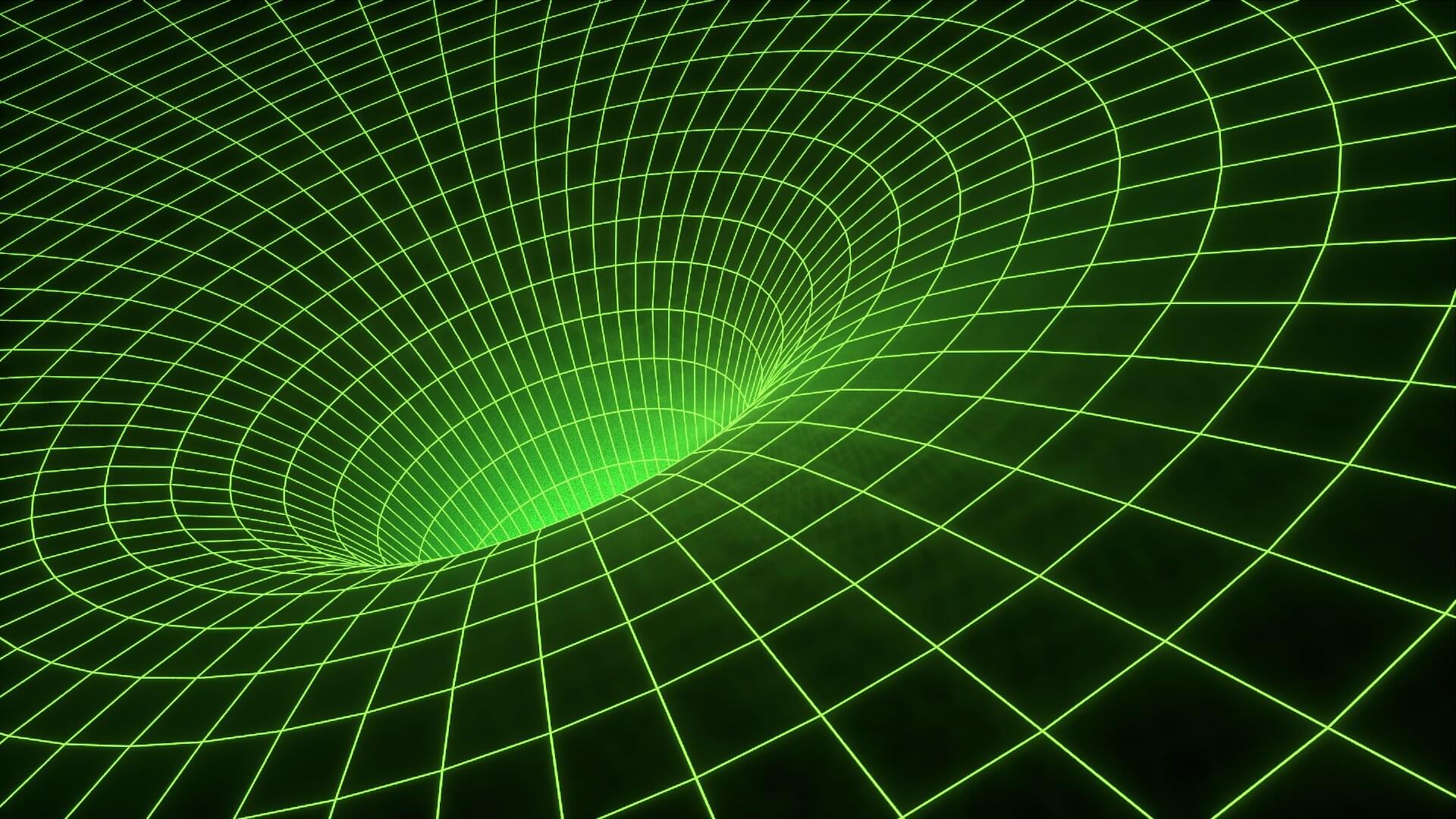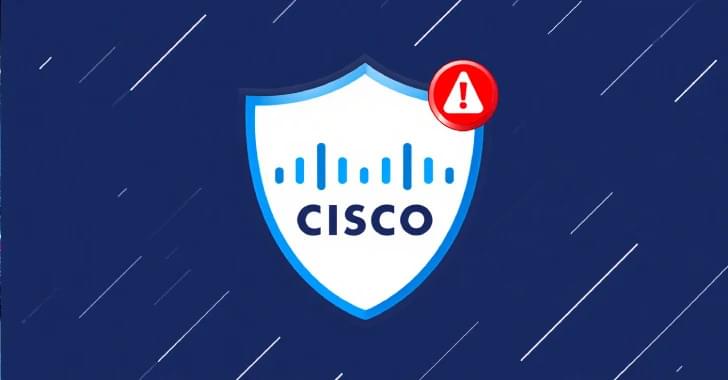Cisco ASA zero-days CVE-2025–20333 and 20362 exploited; CISA issues ED 25–03 for urgent patching.



Measuring the object’s non-gravitational acceleration, the team believes they found something “anomalous”

The dike’s seemingly unstoppable ascent meant “there was a possibility that magma would reach the shallow seafloor,” says Isken—which could cause some explosive activity. Fortunately, the dike lost momentum, and the crisis came to an end.
Most dike injections fail to cause eruptions, and this one was no different. “There probably wasn’t enough magma in it, and it wasn’t buoyant enough, to hit the surface,” says Yeo.
While this incursion ended prematurely, others might not. And sketching out other aspects of the plumbing help will help researchers track dangerous magma in real time and warn locals.
But will it be better than the mods?


Whether space-time exists should be neither controversial nor even conceptually challenging, given the definitions of “space-time,” “events” and “instants.” The idea that space-time exists is no more viable than the outdated belief that the celestial sphere exists: both are observer-centered models that are powerful and convenient for describing the world, but neither represents reality itself.

